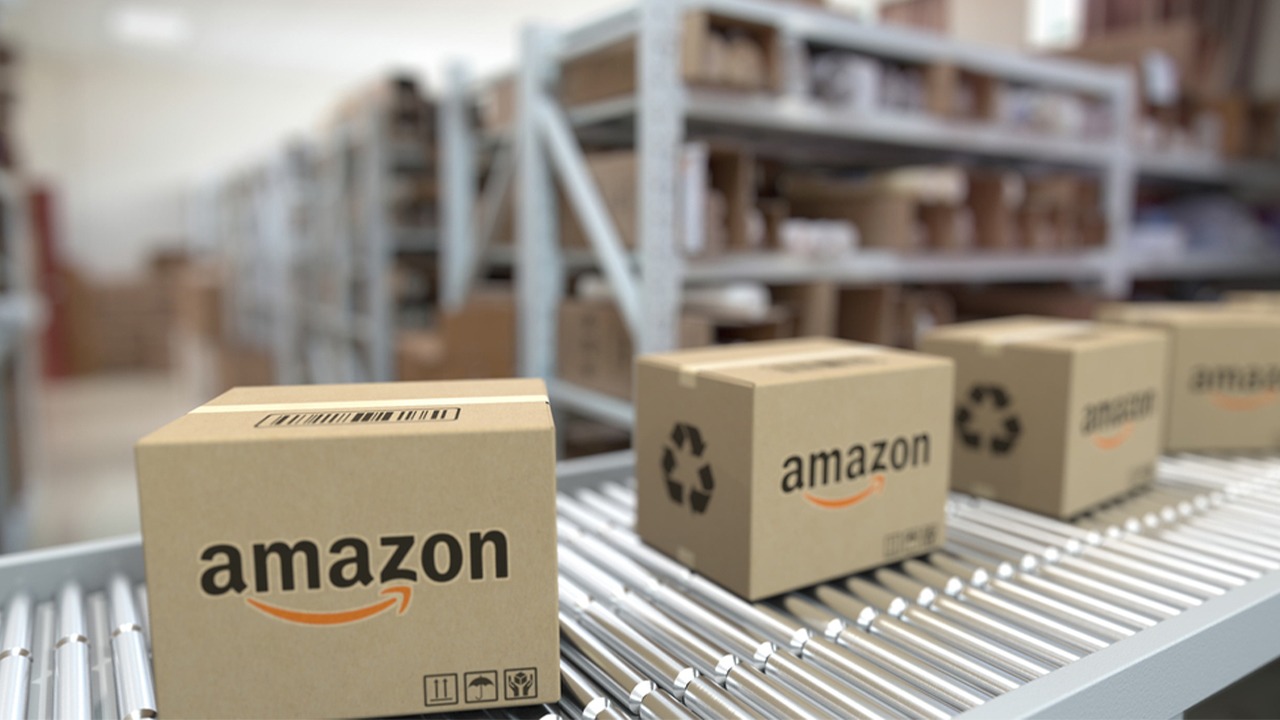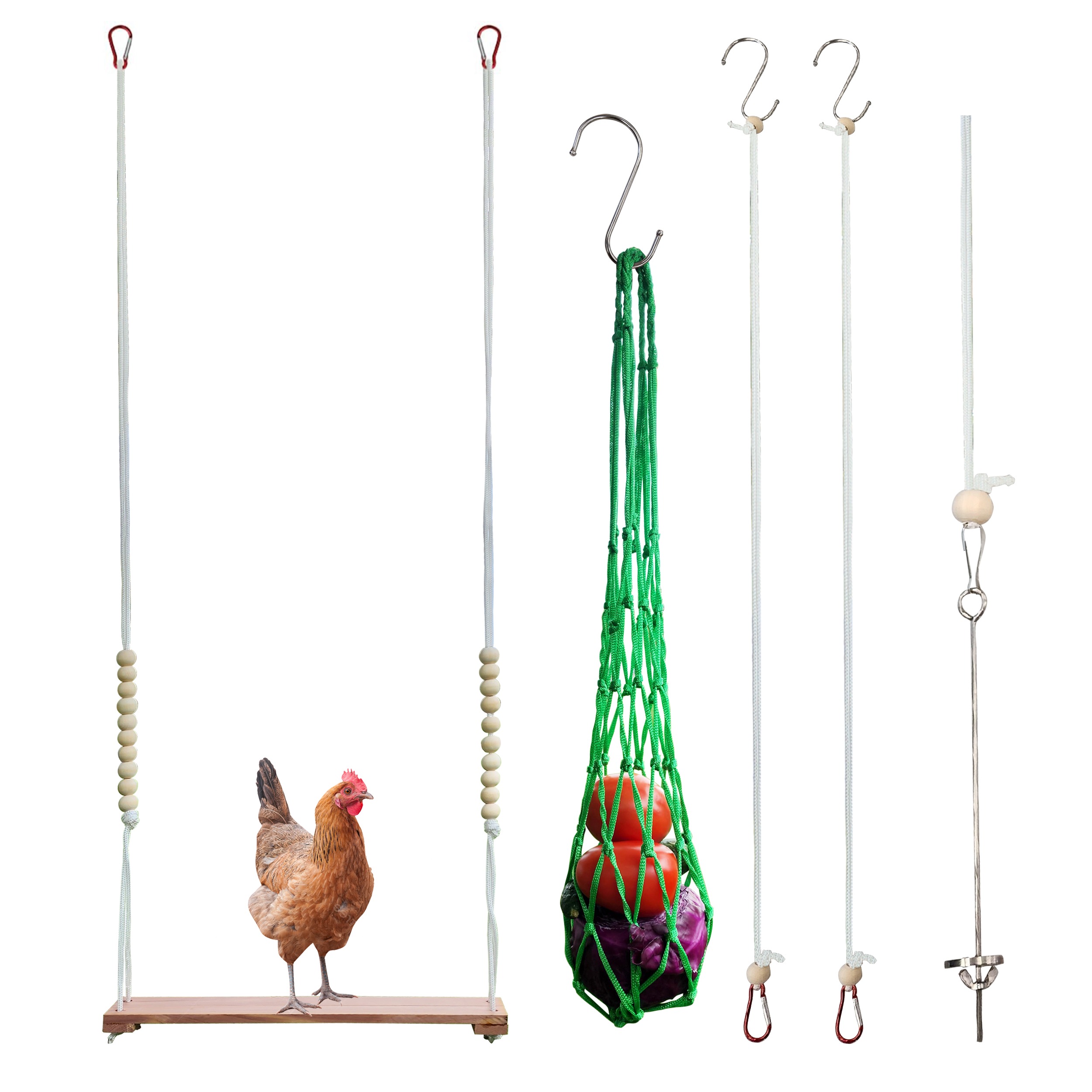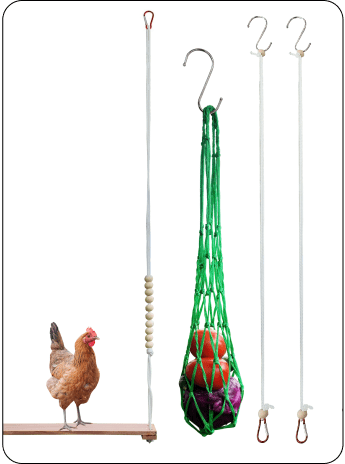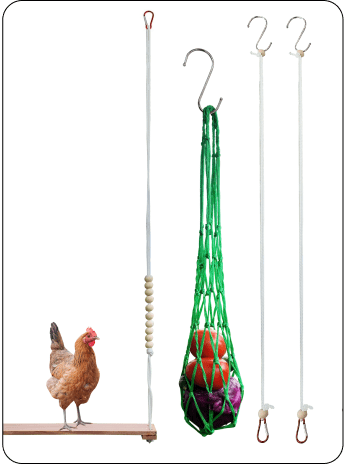Introduction:
In the ever-growing world of e-commerce, Amazon continues to dominate as one of the largest online marketplaces. As an Amazon seller, achieving higher rankings in search results is crucial for driving sales and increasing visibility. With the constant evolution of Amazon’s algorithms and competition becoming fiercer, it’s essential to stay up-to-date with the latest strategies for ranking higher on Amazon in 2023. In this article, we’ll explore effective techniques and best practices to improve your Amazon rankings and boost your business.

Increased FBA Fulfillment Fees:
Since the beginning of January 2023, prices on Amazon FBA have been steadily increasing, and several changes have been implemented regarding fees and inventory management.
Storage Fees:
The monthly off-peak storage fee (January to September) has increased by approximately 3-4 cents per cubic foot compared to previous rates. This means that sellers will now have to pay a slightly higher fee for storing their products during this period.
During the peak season (October to December), the non-sortable network’s storage fees have seen a significant increase of 20 cents per cubic foot. This means that sellers will experience a higher cost for storing their items during the busy holiday season.
FBA Outbound Fee Rates:
As of February 17, 2023, the average FBA outbound fee rates have risen by $0.22. This increase implies that sellers will now incur higher fees when fulfilling customer orders through Amazon’s FBA (Fulfillment by Amazon) service. The outbound fee rates cover the costs associated with picking, packing, and shipping the products to customers.
Amazon FBA sellers should be aware of these changes as they can affect pricing, inventory levels, and overall profitability. Adapting strategies and staying informed about the updates will be essential for success in this evolving marketplace.
New FBA Capacity Limit:
Effective April 1, 2023, Amazon is implementing a new FBA capacity limit, which will govern the amount of inventory that sellers can store in FBA fulfillment centers. Sellers who exceed their capacity limit will incur overage fees. The capacity limit will be determined based on a seller’s IPI score, which reflects their inventory performance. Sellers with higher IPI scores will have higher capacity limits compared to those with lower scores.
Additionally, Amazon is raising the surcharges on long-term inventory. Inventory stored in FBA for more than 180 days will be subject to a 10% surcharge, while inventory stored for over 270 days will face a 20% surcharge. These adjustments aim to aid Amazon in managing its inventory effectively and ensure sellers have access to necessary storage space. The changes also encourage sellers to expedite inventory turnover and reduce the presence of stagnant stock in Amazon’s fulfillment centers.
To adapt to these modifications, sellers should assess their inventory and sales data to comprehend the impact on their business. Identifying products that may be affected by increased fees or surcharges is crucial, enabling sellers to plan adjustments to inventory levels or pricing accordingly.
Moreover, effective inventory management practices such as utilizing inventory planning tools, closely monitoring sales and expenses, and storing only fast-selling inventory should be employed by sellers.
By proactively responding to these changes, sellers can optimize their operations on Amazon’s FBA platform and maintain a competitive edge.
Changes to the FBA New Selection program:
The Amazon FBA New Selection Program is a program that provides sellers with discounts on storage fees and other advantages for new products entering FBA. In 2023, Amazon has introduced several updates to enhance the program:
- Increased rebates on sales: The rebate on sales for new-to-FBA parent ASINs has been raised from an average of 5% to 10%.
- Extended Free Storage Period: The free storage period for new-to-FBA parent ASINs has been extended from 90 days to 120 days.
- Increased number of Eligible ASINs: The program now allows 500 eligible ASINs, an increase from the previous limit of 250.
- Discount on Amazon Partnered Carrier Shipping: Sellers enrolled in the Amazon FBA New Selection Program can qualify for a $100 discount on Amazon Partnered Carrier shipping for their first 500 units.
These updates aim to simplify the onboarding process for new sellers on Amazon and facilitate business growth.
Enrollment in the Amazon FBA New Selection Program requires meeting the following criteria:
- New to FBA: Sellers must not have any active FBA listings within the past 90 days.
- Brand Registration: Sellers must have a brand registered with Amazon.
- Valid Payment Method: Sellers must have a valid credit card or bank account associated with their Amazon account.
By leveraging these program benefits effectively, sellers can make the most of their new product launches on Amazon’s FBA platform.
New Features and Tools for FBA Sellers:
Amazon is also introducing a number of new features and tools for FBA sellers in 2023. The new features and tools are designed to help sellers improve their inventory management, track their sales and expenses, and integrate their FBA business with other third-party platforms and applications.
- New inventory planning tool: This tool will help sellers forecast demand and manage their inventory levels more effectively. It will provide sellers with insights into their sales history, product trends, and inventory levels. The tool will also recommend optimal inventory levels for each product based on the seller’s goals and budget.
- New reporting dashboard: This dashboard will provide sellers with more insights into their sales, inventory, and FBA fees. It will provide sellers with detailed reports on their sales performance, inventory levels, and FBA fees. The dashboard will also allow sellers to track their performance over time and identify areas where they can improve.
- New API: This API will allow sellers to integrate their FBA business with other third-party platforms and applications. This will allow sellers to automate their inventory management, track their sales and expenses, and get insights into their performance.
These new features and tools are designed to help sellers improve their efficiency, profitability, and overall customer experience. They will also help sellers stay ahead of the competition and grow their businesses.
How Will These Updates Impact FBA Sellers?
The impact of the latest updates to Amazon policies and features for FBA sellers in 2023 will vary depending on the specific circumstances of each business. However, in general, the increased fees and surcharges are likely to make it more difficult for sellers to be profitable. The new capacity limit could also impact sellers who have a lot of inventory or who sell seasonal products. The changes to the FBA New Selection program could benefit new sellers, but may not be as helpful for established sellers. The new features and tools could help sellers improve their efficiency and profitability, but they may not be necessary for all sellers.









